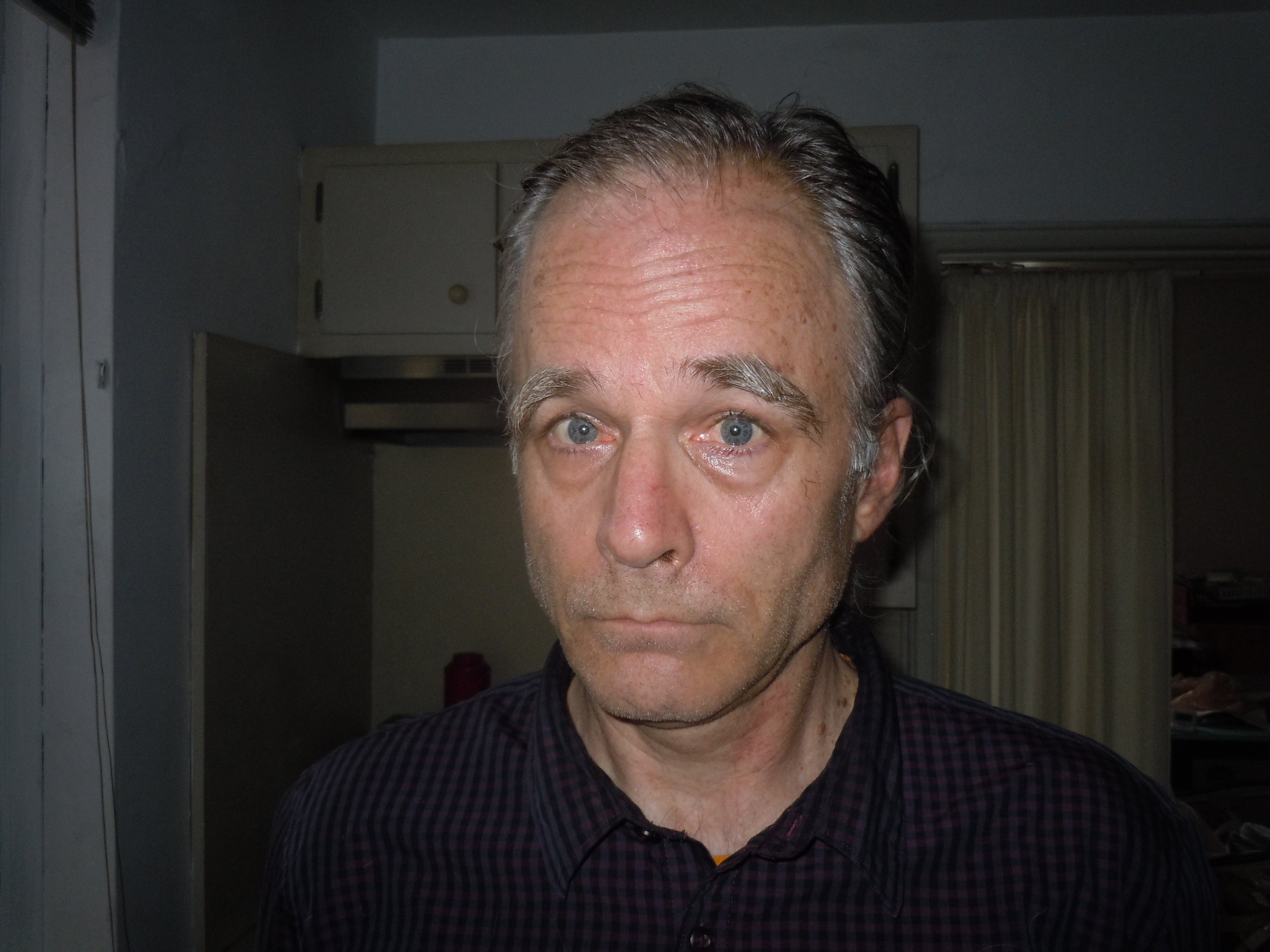Unless you are in a convention hall somewhere in Miami, you've probably heard about the Open Letter/Petition to the NYTimes regarding the articles of one Ken Johnson who writes for the NYTimes. Here are some links to the articles that caused the contention: Now Dig This! Art and Black Los Angeles and The Female Gaze: Women Artists Making Their World.
Some websites have referred to this as an "anonymous letter" which is odd because at last count over 1,500 people had signed it. You can click on Open.Letter.Redacted and see the many people who have added their names to the letter. (Some people wished to remain anonymous in a public forum, and we redacted their names.)
So what happened with all this?
The following was delivered to the New York Times on December 3, 2012 (Thanks Marie!):
Dear New York Times, We are a group of artists who drafted this letter, which has been signed by 1,318 people. It is important to emphasize that this letter is not intended as a personal attack on Ken Johnson. We are not calling for his resignation or censure. While we express frustrations that Mr. Johnson’s arguments lack rigor, his articles touch on important issues in a necessary effort to understand troubling and persistent inequalities.
Many had written to the New York Times without response so we decided to write an open letter, both to allow people who shared our concerns to express them, and to encourage the New York Times to address them. We are simply asking the New York Times for a considered, public response to Ken Johnson’s published pieces, for the reasons we outline in the following letter.
Sincerely, Colleen Asper Anoka Faruqee Steve Locke Dushko Petrovich William Villalongo
We received the following from John Landman, Culture Editor of the NYTimes on December 4, 2012:
Dear Colleen Asper, Anoka Faruqee, Steve Locke, Dushko Petrovich and William Villalongo;
Thanks for your letter about Ken Johnson’s reviews. I’m glad to acknowledge that some of Ken’s phrases could have been more precise. He has acknowledged this himself on his Facebook page, where there is lots of lively discussion of the issues you have raised. As Ken wrote, “I can see how my statement that ‘Black artists did not invent assemblage’ taken out of context seems needlessly provocative.”
At the same time, I assume that anyone who believes in the value of healthy debate would condemn any effort to stifle good-faith ideas and those who express them. I am heartened by your assurance that you are not calling for Ken’s resignation or censure, but your letter has been circulating for a couple of weeks as a petition and petitions are meant to produce action. It would be troubling, and, it seems to me, inimical to what I would like to believe is your goal, if the action contemplated by the petition involved some sanction by The Times against Ken, whom you in effect accuse of racism and sexism. To be clear: Ken is guilty of neither of those things.
The bottom line, for me, is that Ken’s work, like any critic’s, is legitimately subject to tough criticism. Yours is welcome and it has properly stimulated all sorts of reaction. Less welcome is any suggestion that The Times should publicly “address” unfair and unsound accusations against him.
Sincerely,
Jonathan Landman
(My favorite part of this response is when he refers to things said in KJ's reviews as "good faith ideas." Really? Duchamp's work is "deracinated"? Really? Something about the kinds of work women tend to make excludes them from the market? Really? These outmoded canards are "good faith ideas" now? I expressed as much in my own letter to the NYTimes which is elsewhere on this blog. It's always been my feeling that the arguments Mr. Johnson puts forth in these texts are poorly researched, lazy bits of writing. The artists under consideration deserve much better than this.)
We responded with the following:
Dear Mr. Landman:
Thank you for your response. We welcome your acknowledgement of "imprecise language." However, our letter speaks to the overall quality and effect of the texts. We remain disappointed that you see our letter and its stated goal as an accusation against an individual rather than a question of the New York Times' journalistic and editorial rigor.
The many who signed the letter have hoped for a considered response in print, in the form of an opinion piece or letter. Can we infer that yours is the only response from the New York Times? If so, we assume we can share your note with the many who signed the letter and those who continue to write about this debate.
Sincerely,
Colleen Asper Anoka Faruqee Steve Locke Dushko Petrovich William Villalongo
In response, Mr. Landman advised that we are free to share his response with anybody. Which is what I am doing on my little corner of the internet.
